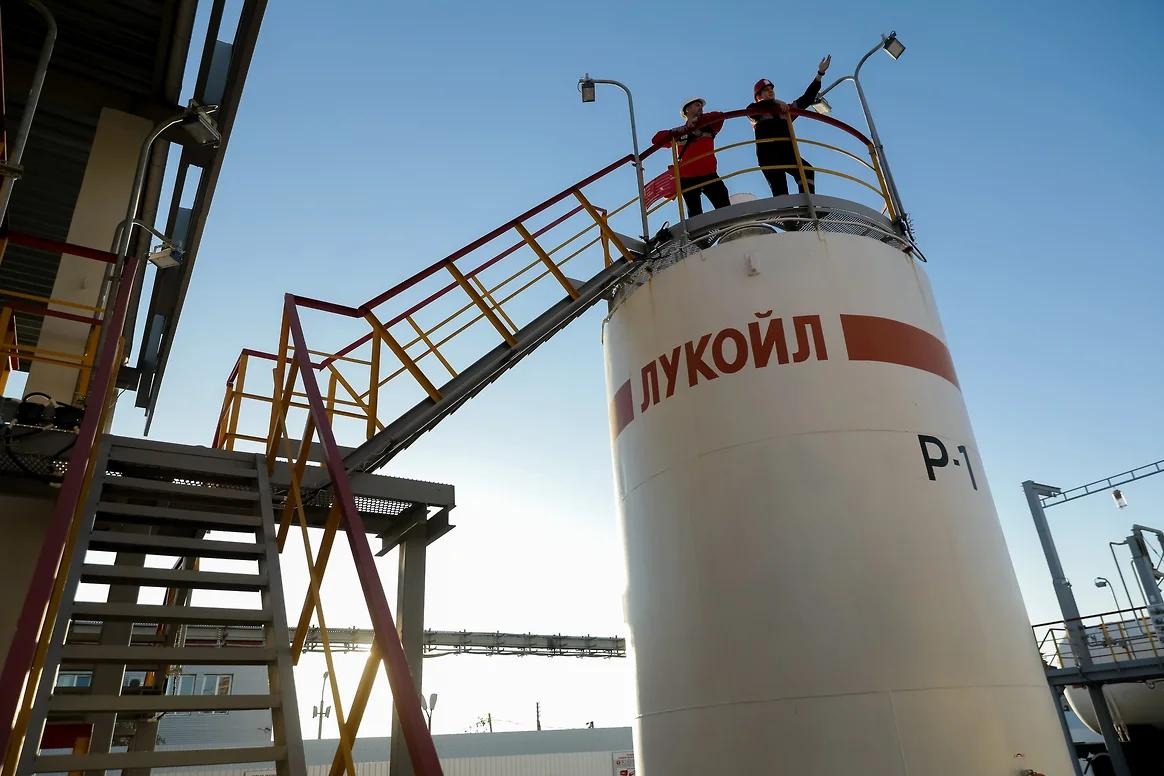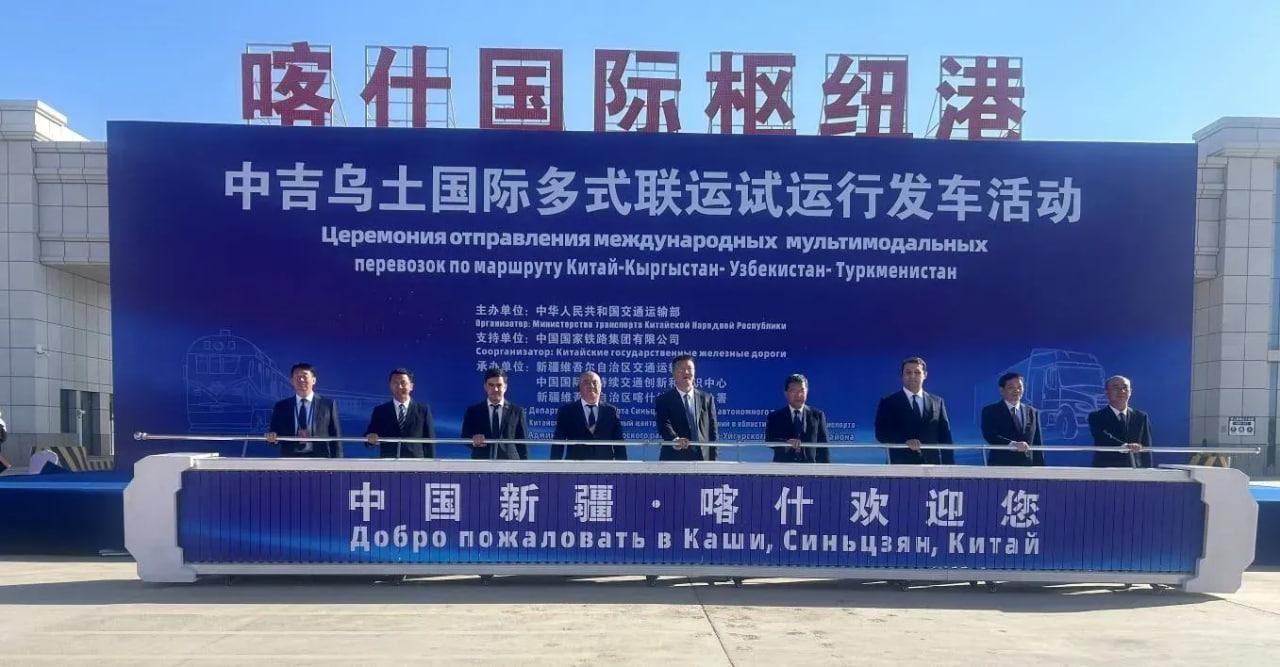BISHKEK EXPLORES OIL PROSPECTS
BISHKEK EXPLORES OIL PROSPECTS
The relentless race to develop Central Asia’s energy reserves has now reached mountainous Kyrgyzstan. But as in Kazakhstan, Uzbekistan, and Turkmenistan, it seems that Russia has largely beat out its foreign competition, concentrating on natural gas while allowing Western companies to scramble for the country’s more modest oil reserves.
Kyrgyz Prime Minister Igor Chudinov said that this year Bishkek has allotted $8.3 million for oil exploration, following the recent discovery of an oil field in Jalalabad province, near Uchkorgon village in Aksy district (Times of Central Asia, January 24).
The head of Kyrgyzstan’s state company for overseeing development of the country’s natural resources, Kabiljan Turgunbayev, commented, “All the necessary machinery and equipment, brought from Russia, have been delivered there, and we have already started drilling. We plan to spend 38 million som ($1 million) on preparatory works for oil extraction. We plan to finish these works by the end of July, and to drill more than 3,000 meters (9,800 ft.) by that time.”
The news is most welcome to the Kyrgyz government, as in 2005 the country produced a paltry 1,965 barrels per day, while national consumption stood at 12,000 bpd. While Kyrgyz reserves in Fergana had been producing modest amounts of petroleum for a century, Soviet leaders overlooked the area’s potential in its eagerness to develop more accessible deposits in western Siberia. The country might be on the edge of a mini oil boom, as Kyrgyz reserves as of January 1, 2006, were put at 40 million bbd.
Foreign interest in Kyrgyzstan’s oil potential began last summer when Australia’s Caspian Oil and Gas Limited (CIG) company announced that it would begin drilling its first oil well in the Mayli-Say-3 oilfield in Jalalabad as part of its 11-level oil well drilling program. Undaunted by the nightmarish logistics, CIG brought a $3.5 million 650-hp ZJ20 drill rig from China, using 50 trucks to haul the equipment 2,500 miles to the test site, a journey taking from four to six months. CIG executive director Graeme Parsons nonetheless believes that the company’s prospects are good, especially as CIG will receive 70% of Mayli-Say-3’s profits, with the remaining 30% going to its joint venture partner, Kyrgyzstan’s KNG state-owned company (Akipress, June 30, 2007).
Parsons’ optimism seemed justified when on October 25 CGI’s Mailisu III-1 test well struck oil at 2,400 feet. The success of the Mailisu III-1 led CGI to plan to drill its 10 other projected wells in its licensed concessions in the Fergana Basin, using modern techniques in its exploration (CGI press release, October 25, 2007).
As always, Gazprom has its eye on any natural gas prize. Kyrgyzstan’s prospected gas fields hold an estimated 6 billion cubic meters of natural gas, but their development is complicated by geological peculiarities and Kyrgyzstan’s notoriously primitive infrastructure. The company announced on January 22 that it was investing $300 million in a joint venture with the Kyrgyz government to prospect in Kyrgyzstan, according to Minister of Economic Development and Trade Akylbek Zhaparov, who added that Kyrgyzstan would kick in $200 million in the search for new gas deposits (Kazakhstan Segodnya, January 22). Despite the hurdles, Kyrgyzstan hopes to raise annual gas extraction from its current level of 30 million cubic meters to 40 million cubic meters within the next two years (Interfax, January 24).
The director general of KyrgyzGaz, the state-run gas transport company, Salamat Aitikeyev, sounded a note of caution about the government’s optimism about its venture with Gazprom, observing, “Even if large gas reserves are found in the south of Kyrgyzstan, transportation of this gas to the north of the country would cost a lot of money, since construction of a gas pipeline will be necessary.” Deputy Minister of Industry, Energy, and Fuel Resources Akylbek Tumenbayev was similarly cautious, remarking, “Today the south produces about 25-30 million cubic meters of gas, which is used by local consumers. In Soviet times gas consumption exceeded four billion cubic meters a year.”
Gazprom faces some competition in Kyrgyzstan. On November 27 the Kyrgyz State Property Committee announced that China’s International Oil Prospecting Company, Zhongneng, had won an investment tender to buy a 100% state stake in Kyrgyzstan’s Batken Neftegaz for $1.1 million (Interfax, November 27, 2007).
Despite Kyrgyzstan’s massive hydroelectric potential, the third largest in the Commonwealth of Independent States, the country remains largely dependent on natural gas, coal, and fuel imports from Uzbekistan, Kazakhstan, and Russia, a situation that Bishkek is striving to change by investigating alternative energy sources. In a move guaranteed to warm the heart of the greenest Western environmentalist, the government is encouraging brown coal extraction at the Kara-Keche deposit and urging business leaders to produce energy from renewable sources such as solar batteries, wind-powered generators, methane facilities processing cattle manure, and mini hydroelectric power plants, as well as investigating the possibility of the gasification of coal. Ironically, the country’s paucity of traditional energy sources and their increasing domination by foreigners could soon propel Kyrgyzstan to the forefront of countries whose innovative energy policies combat global warming.


